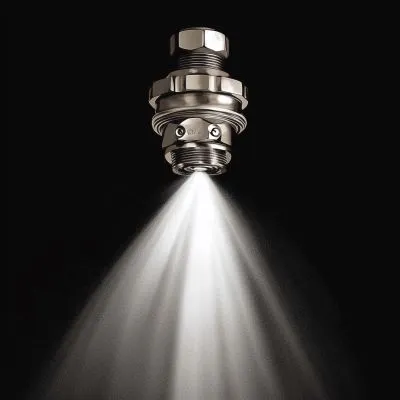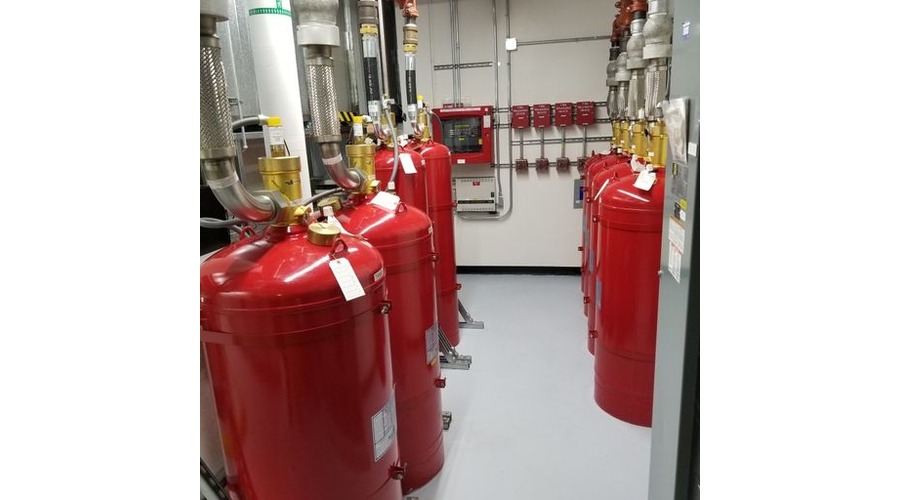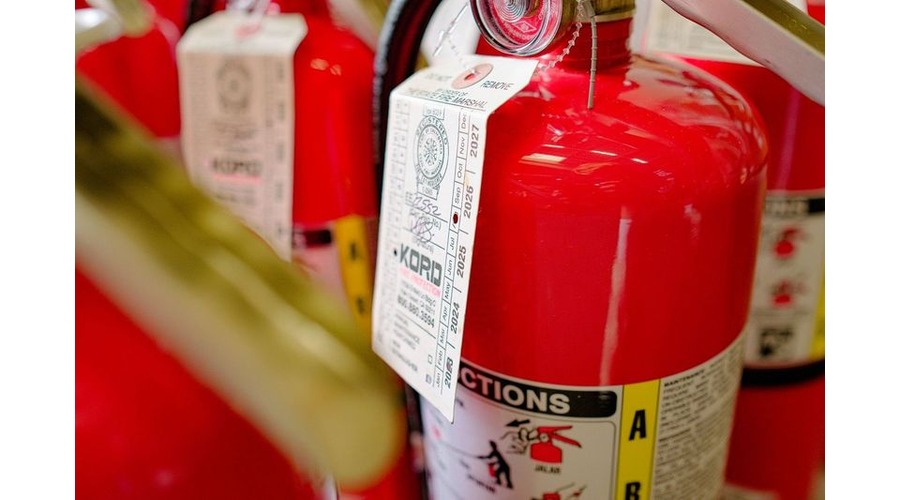

NFPA 750 Guidelines: The Ultimate Guide to Effective Water Mist Fire Protection
When it comes to safeguarding property and lives from fire hazards, NFPA 750 guidelines offer a crucial framework for the design and implementation of water mist fire protection systems. In this comprehensive guide, we’ll delve into what NFPA 750 entails, its benefits, and how it can be applied to enhance your fire safety measures. If you’re looking for detailed information and considering a quote for a water mist system, this guide will provide the insights you need.
What Are NFPA 750 Guidelines?
NFPA 750, published by the National Fire Protection Association, outlines the standards for water mist fire protection systems. These systems use fine water droplets to control or extinguish fires. Do to its nature, it offers a versatile and effective alternative to traditional sprinkler systems. The guidelines cover everything from system design, installation, maintenance and testing. Ensuring that water mist systems operate efficiently and reliably.


Key Components of NFPA 750 Guidelines
- System Design and Configuration: NFPA 750 provides detailed requirements for the design of water mist systems. This includes specifying the types of nozzles and pumps to be used, as well as the layout and spacing of the system to ensure comprehensive coverage.
- Installation Standards: Proper installation is critical to the performance of these misting systems. The guidelines outline best practices for installing components, including piping, nozzles, and control systems, to ensure that the system functions as intended.
- Maintenance and Testing: To keep water mist systems in optimal condition, NFPA 750 emphasizes the importance of regular maintenance and testing. The guidelines provide procedures for routine inspections and performance checks to ensure that the system remains effective over time.
- Application and Suitability: NFPA 750 outlines various applications where water mist systems are particularly effective, such as in areas with sensitive equipment, high-value assets, or confined spaces. Understanding these applications can help you determine if a water mist system is the right choice for your needs.
Choosing Between Water Mist and Sprinkler Systems


When choosing between water mist and fire sprinkler systems, consider their advantages and uses. Water mist systems use fine droplets to cool and suppress fires. They are efficient and cause minimal water damage. This makes them ideal for sensitive areas like data centers and historic buildings. However, they can be complex and costly to install and maintain. Fire sprinkler systems use larger droplets and are well-established. They are cost-effective and simpler to maintain. These systems are suitable for larger commercial and residential properties. Unlike fire sprinkler systems, Misting systems follow NFPA 750 Guidelines. Sprinkler follow NFPA 13 Guidelines. Your choice depends on property type, fire risk, cost, and local regulations. Consulting fire protection experts will help you choose the best system for your needs.
Benefits of Implementing NFPA 750 Water Mist Systems
- Enhanced Fire Suppression: Water mist systems can quickly control or extinguish fires while using less water than traditional sprinklers, reducing water damage and downtime.
- Versatility: These systems are suitable for a wide range of environments, including industrial, commercial, and residential settings.
- Minimal Environmental Impact: By using fine mist instead of large volumes of water, these systems help minimize environmental impact and water waste.
NFPA 750 Water Mist Systems FAQS
How to Get Started with NFPA 750 Water Mist Systems?
If you’re considering implementing a water mist fire protection system and need a detailed quote, understanding NFPA 750 guidelines is a crucial first step. Contacting a certified fire protection professional can help you evaluate your specific needs, or design a customized solution.
For more information on NFPA 750 guidelines and to get a quote for a water mist system tailored to your requirements, contact us today or request a quote. Our team of experts is here to assist you in ensuring your fire protection systems are both compliant and effective.




